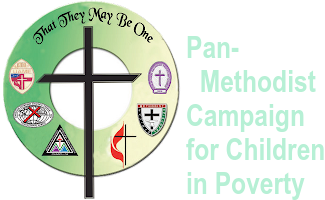
Twelve children, forty-two grandchildren, seventy-nine great-grandchildren, and twenty-eight great-great-grandchildren; that is what my grandmother’s obituary read when she died in 2008. Of that 161 people, I am the first male to graduate from college and attend graduate school.
My grandmother, as wise and skilled as she was, died at the age of 93, having never learned to read or write. She was a deeply religious woman who believed in hard work and “loving thy neighbor.” As the matriarch of our family, her words to us were always, “Help one another.” It was a necessary trait since my family was affected by social and familial dynamics that thrust us into poverty. I was 5 years old when my mother left my father. We moved into a tiny three-bedroom house in the country. My mom paid $60 for rent. The rooms were so small they looked more like cell blocks than bedrooms. The house was infested with roaches and rodents. We didn’t know how poor we were.
It wasn’t until I was introduced to different contexts that I understood the common thread of humanity shared among those in need. This was especially true in my first year at Candler School of Theology as I participated in Contextual Education at a homeless shelter for families with infant children. Each week I observed women who had escaped the stranglehold of domestic abuse, childhood neglect, and societal indifference, to a place of abject poverty and income inequality. Through it all, they persevered and pursued waning dreams with the hope that their children’s lives would be better than their own.
Mother Teresa once said, “The child is the beauty of God present in the world.” It was her ability to gaze upon the human condition, and with compassion, to seek to change it that made her the neighbor that Jesus talks about in “Good Samaritan” parable. Not everyone has experienced the reality that the poor experience; and many cannot muster the compassion required to care for the poor. Mother Theresa instructed young women who arrived at the Missionaries of Charity to work with her that “If you don’t have the zeal to care for the poor and the leper, perhaps you should not be here.”
In America, more than 22% of children live in families with incomes below the federal poverty level and 45% live in low-income families. Poverty can hamper children’s ability to learn and it contributes to social, emotional, and behavioral problems. Poverty can also contribute to poor physical and mental health. Research is clear that poverty is the single greatest threat to children’s wellbeing.
Mother Teresa believed that every individual man, woman, and child was created to love and to be loved. The Pan- Methodist Campaign for Children in Poverty not only seeks to satisfy the desire for bread but also the desire for love. According to Mother Teresa, poverty is not limited to Calcutta, but “You can find Calcutta all over the world if you have eyes to see. There is a terrible hunger for love in this world.” In the United States of America, the richest and most powerful country on the earth, that poverty exists. That hunger is real. I am praying that like Mother Teresa and Dr. Luther Smith, The Pan-Methodist Campaign for Children in Poverty’s coordinator, that God will give me eyes to look and see. I am praying that among the hustle and busyness of life, God will allow us to look upon the human condition of those in poverty and seek to change it. I am praying that we are equipped with the necessary sacrament of love—recognizing that bread alone is not enough.
~ Sam White
